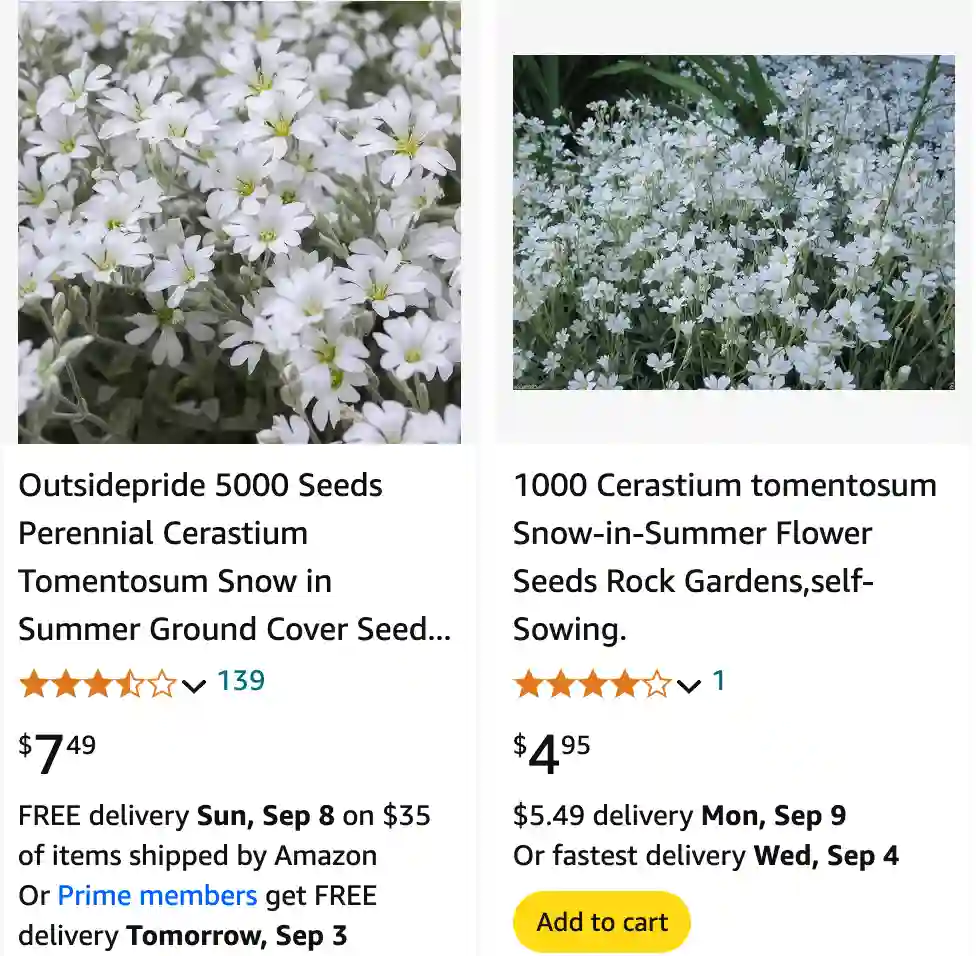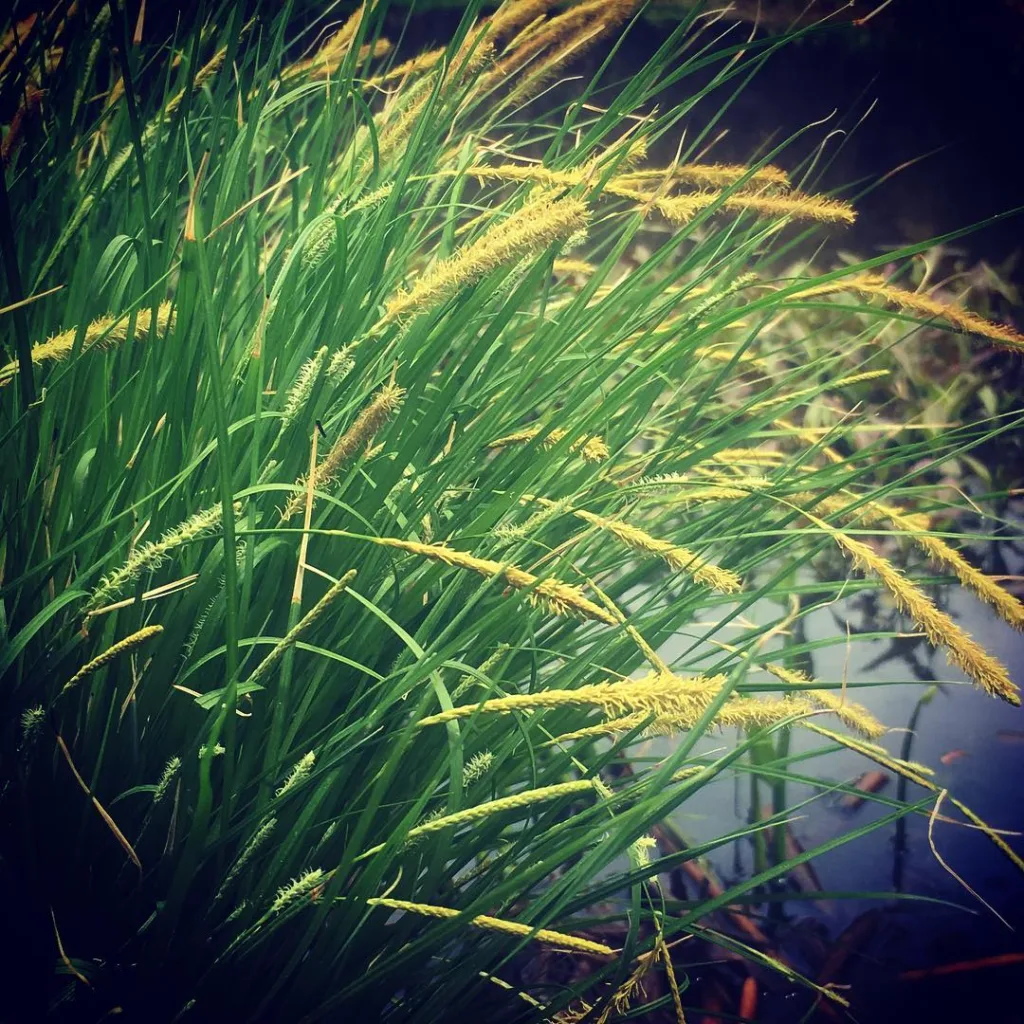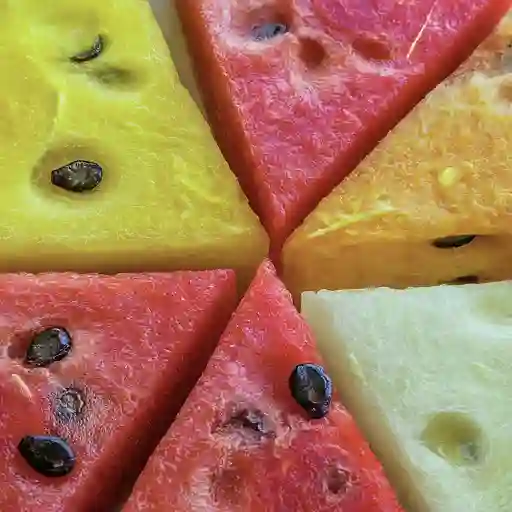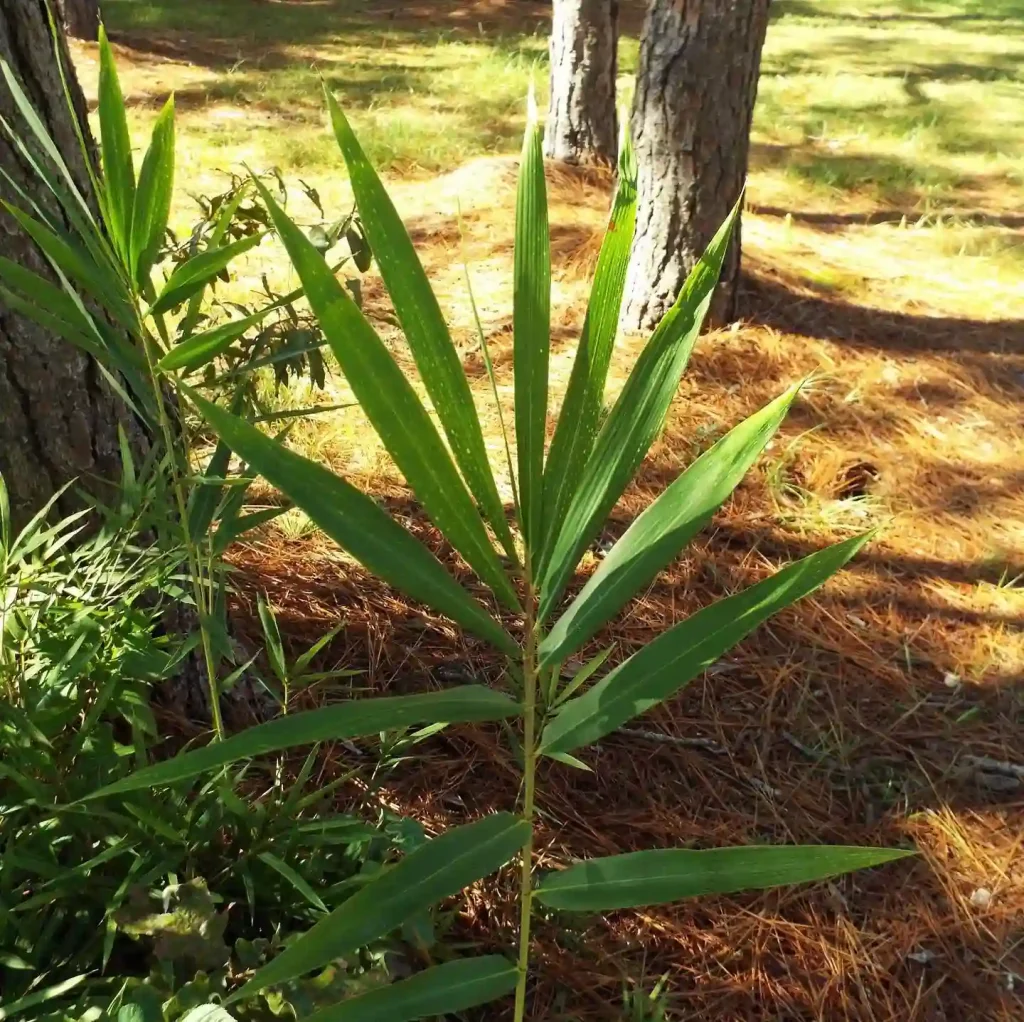
FAQs About Cerastium Tomentosum
Cerastium Tomentosum, often known as Snow-in-Summer, is a charming ground cover plant that has become a favorite in my garden. Its silvery foliage and cheerful white flowers make it a standout in any landscape. Here are some frequently asked questions about Cerastium Tomentosum that I’ve encountered, along with my personal insights and experiences.
225 Species in Genus Cerastium
What Is Cerastium Tomentosum?
Cerastium Tomentosum is a perennial ground cover known for its dense mat of silver-gray leaves and bright white flowers. It blooms from late spring to early summer, creating a stunning contrast in gardens. The plant is valued for its ability to thrive in a variety of soil types and conditions, making it a versatile choice for many gardeners.
How to Grow Cerastium Tomentosum?
Growing Cerastium Tomentosum is relatively straightforward. I’ve found it thrives best in full sun to partial shade. It prefers well-drained soil but can adapt to poorer soils as well. To plant it, simply space the plants about 6 to 12 inches apart. This allows them to spread and form a lush carpet over time. Watering is crucial during the first few weeks after planting to establish a strong root system. Once established, this plant is quite drought-tolerant.
How to Divide Cerastium Tomentosum?
Dividing Cerastium Tomentosum is an excellent way to propagate and rejuvenate your plants. I usually divide them in early spring or fall when the weather is cooler. To divide, gently lift the clump with a fork or shovel, then separate the root ball into smaller sections. Each section should have a good portion of roots and foliage. Replant these divisions at the same depth they were growing before, and water them well to help them settle in.
How to Propagate Cerastium Tomentosum?
In addition to dividing, you can propagate Cerastium Tomentosum from seeds. While it’s not the most common method, it can be effective. Sow seeds in early spring, either directly in the garden or in seed trays. Keep the soil moist and warm until germination occurs. Once the seedlings are large enough to handle, transplant them to their final location. This method requires patience, as it may take a few months for the plants to mature.
Is Cerastium Tomentosum Toxic to Dogs?
One concern many pet owners have is whether their plants are toxic to their furry friends. Fortunately, Cerastium Tomentosum is not known to be toxic to dogs. I’ve had this plant in my garden for years, and my dogs have never shown any ill effects from coming into contact with it. However, it’s always a good idea to keep an eye on your pets and consult with your veterinarian if you have concerns.
Is Cerastium Tomentosum Deer Resistant?
Yes, Cerastium Tomentosum is generally considered deer resistant. Deer tend to avoid plants with strong scents or those that are not palatable. The silvery foliage and low-growing nature of this plant seem to deter deer. I’ve had success with it in areas where deer are a frequent problem, and it has held up well against their browsing.
Is Cerastium Tomentosum Edible?
Cerastium Tomentosum is not typically considered edible. While it is not toxic, it’s not commonly used in culinary applications. I’ve not found any uses for this plant in cooking, so I recommend enjoying it for its ornamental value rather than as a food source.
Where to Buy Cerastium Tomentosum?
You can find Cerastium Tomentosum at most garden centers and nurseries, especially those specializing in perennials. I’ve also had good luck finding it online through various plant retailers. If you’re looking for specific varieties or need a large quantity, online garden shops can be a great resource. Be sure to check the plant’s shipping and return policies to ensure you get healthy plants.
What to Plant With Cerastium Tomentosum?
Cerastium Tomentosum pairs well with a variety of other plants. In my garden, I’ve combined it with plants like Sedum, which complements its texture and color. It also looks great with other low-growing ground covers and ornamental grasses. Consider using it in rock gardens or between stepping stones for a cohesive look.
Common Problems with Cerastium Tomentosum
One common issue with Cerastium Tomentosum is its tendency to spread aggressively. While it can be a great ground cover, it may outcompete other plants if not kept in check. Regular maintenance, such as dividing and trimming, can help manage its spread. Additionally, it can be susceptible to powdery mildew in humid conditions. Ensuring good air circulation and avoiding overhead watering can help prevent this problem.
Can You Grow Cerastium Tomentosum Indoors?
Growing Cerastium Tomentosum indoors is not ideal. This plant prefers full sun and well-drained soil, conditions that are difficult to replicate indoors. It’s best suited for outdoor gardens where it can spread and thrive naturally. If you’re looking for indoor plants, there are many other options better suited to indoor conditions.
Cerastium Tomentosum is a lovely plant that adds a touch of elegance and practicality to any garden. Its resilience, beauty, and low maintenance make it a favorite of mine. If you’re considering adding it to your garden, I hope these FAQs help you make an informed decision.
If i die, water my plants!



